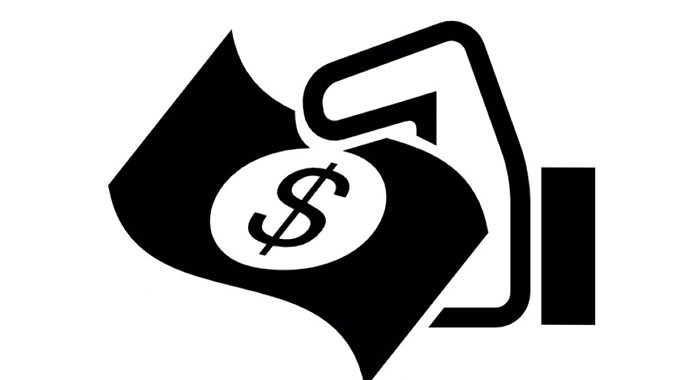Joint venture arrangements, export incentives bearing fruit

Agriculture Writer
THE Government’s astute stance on joint venture arrangements for farmers on the backdrop of friendly policies towards horticultural production have begun to bear fruit with one beneficiary planning to build a school and clinic for the community next year as part of corporate social responsibility.
Drip Tech founder and managing director Mr Robert Bob Henson of Ivanhoe Farm in Goromonzi recently revealed that he intended to upgrade the lifestyle of everyone following a boon in his blueberry exporting business.
Seventy-five percent of blueberries are exported via the cheap sea route while 25 percent is air bound to maximise on earnings and to take advantage of the window period when prices are high.
Mr Henson’s started his project in 2020 as a greenfield investment on 10ha before he added another 20ha to close the year on 30ha. He added 15ha more in 2021 and is currently working on the next 15ha to bring the total area to 60ha.
The success of the project hinged on incentives offered to investors such as the joint venture agreements, incremental incentives and duty-free importation of capital agriculture equipment.
“We started the project two and half years ago with 10ha, then we added 20ha and 15ha in 2021, now 15ha are under establishment to bring total to 60 ha. If suitable land is available, we are planning for 200ha in future.
“As blueberry is a super food, the success of our venture was the establishment of an off-taker arrangement with a well-known blueberry company in South Africa riding on the fact that Zimbabwean berries are the best berries in the world,” said Mr Henson.
Zimbabwe’s unique selling proposition in the blueberry industry is quality, taste and production time when the country’s blueberry hits the market in winter before arch-rival Peru floods the market with about 300 000 tonnes of its product.
To emphasise the profitability and labour intensity of blueberry, Mr Henson said: “By putting 45ha under blueberry we are able to achieve income greater than 4 000ha of irrigated tobacco while recruiting about 100 more new workers.
“As part of investments in blueberry production, his company (Palmlife) has installed an innovative computer-controlled solar-powered pump house system that supplies all the water, chemicals, fertiliser at the right time and quantity to the blueberry fields. Bees also play a crucial part in pollination to help in quality and size of the berries.
“Blueberry production can also occur under deep sandy soils with reduced cost of production in the region of about US$20 000 per hectare, said Mr Henson.
However, blueberry unlike other crops needs to be irrigated after rains to flush out salts.
“It used to cost about US$100 000 to produce a hectare of blueberry but that has since shot up to US$130 000. The country is getting about US$80 000 per hectare net foreign currency after running costs in blueberry production,” said Mr Henson.
Palmlife contributes about 20 percent of the country’s blueberry exports of around 5 000 tonnes. The average export price for blueberry is between US$2, 5 and US$6 per kilogramme.
The chairman of the Horticulture Development Council (HDC), Mr Stanley Heri echoed Mr Henson’s sentiments saying the trajectory among most horticulture producers was to shift to maritime to save on costs in view of air shipment that is expensive.
The Government has put among others the following incentives that exporters are benefiting from – suspension of duty on agriculture capital equipment (SI 6 of 2016), anchor farmer incentive, Value Added Tax (VAT) zero rating of farm inputs and Foreign Currency Account (FCA) retention on incremental export receipts of 100 percent.
Ministry of Lands, Agriculture, Fisheries, Water and Rural Development, permanent secretary, Dr John Bhasera said the Government was pushing to increase the annual horticultural exports from the current US$70 million to the previous high of US$143 million next year.
By 2025 exports under the horticulture sector must be around US$500 million with blueberry exports set to play a significant role.










Comments